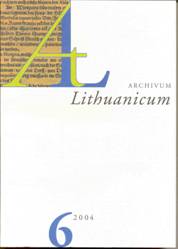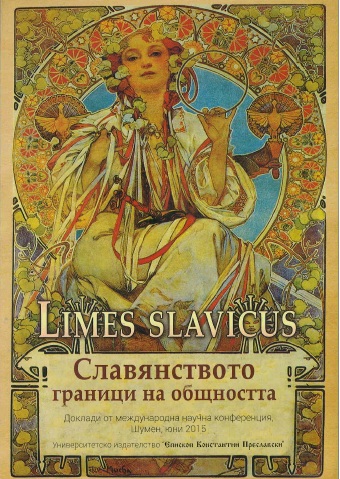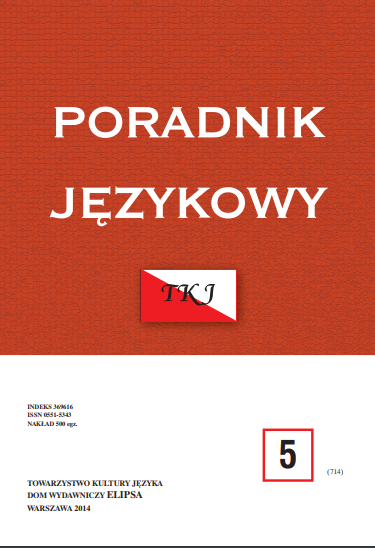Author(s): Aleksas Girdenis / Language(s): Lithuanian
Issue: 10/2008
In the Purpura manuscript (approximately the middle of the nineteenth century), written in the North Lowland (Žemaičiai) dialect, all Polish vowel letters are used to denote monophthongs (except for Ó ó, so-called <o> kreskowane The graphemes A a, E e only occasionally express the long vowels [a∙], [e∙]: most often they are replaced by ai, ei or aj, ej type digraphs; hypercorrect forms are frequent in definite forms of adjectives: [a∙], [e∙] → aj, ej and so forth. The characters Ą ą, Ę ę mark both long nasal mid vowels, that originate from *, * (← *an, *en), and optional nasal allophones of /ọ/, /ẹ/ phonemes: denasalization of phonemes is a rather late alteration. I i that mark the high vowel [i] in flexion were well differentiated from Y y which denote the mid vowel [ẹ] according to the tradition. In absolute word initial position, however, the letters I i are written instead of expected Y y (with certain rare exceptions):
apparently graphic neutralization of <y> ↔ <i> → <i> / #— takes place; the lack of Y y in word initial position in Polish orthography explains this. The letter y [ẹ] happens to be written also in unaccentable word medial position and in unaccented endings in cases where Žyvatas (Ziwatas, 1759) very consistently had e [e]. The phonetic value of the polyfunctional letter U u of Žyvatas and of many other North Lowland dialect texts was successfully divided into two: U u and O o. The attribution of new additional phonetic value to the graphemes O o (along with the main value O o [uo])
enabled separation of the mid vowels [ọ], [ọ.] from the high vowels [u], [u.], that were marked by the traditional symbols U u.
More...


















